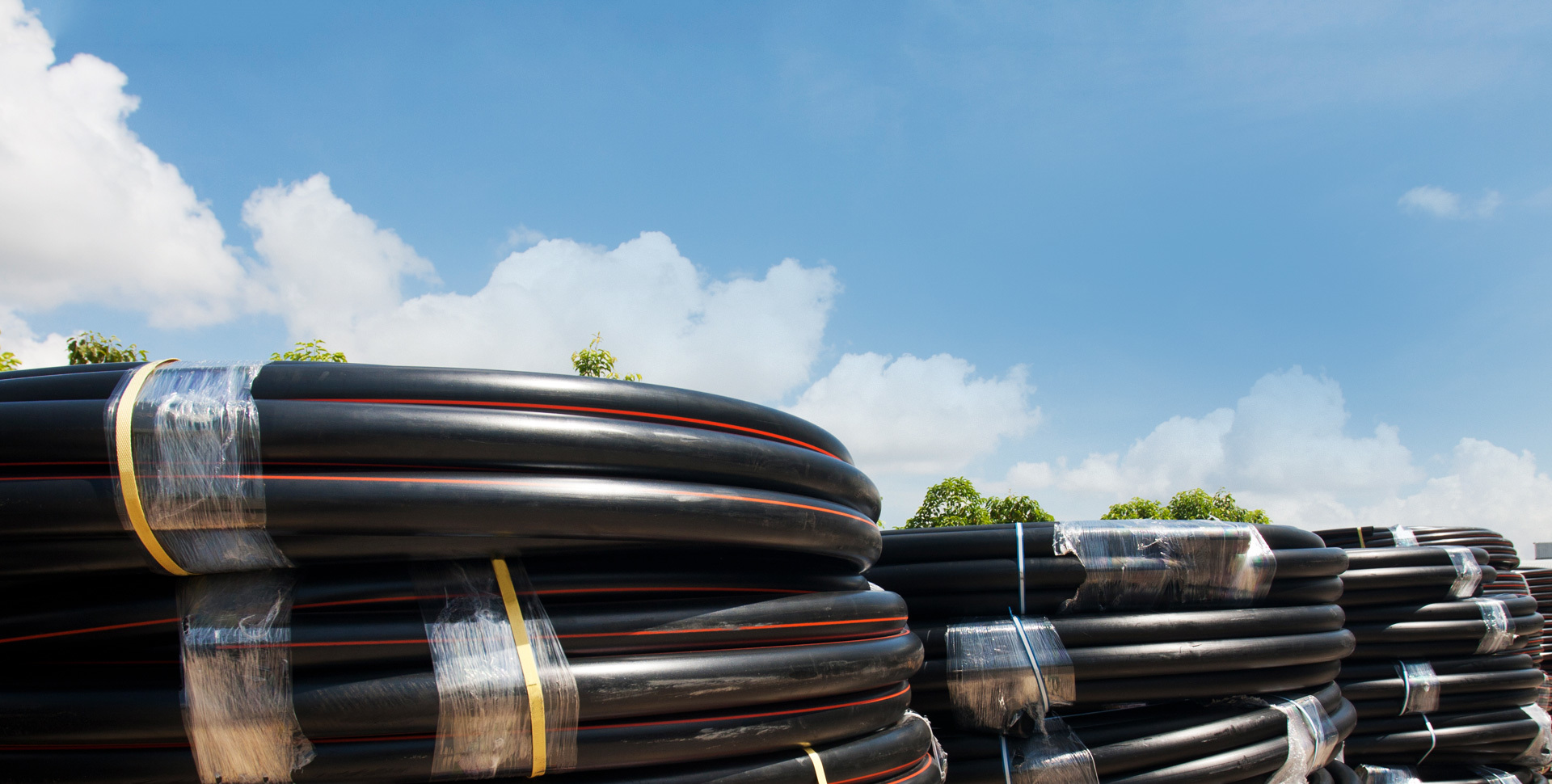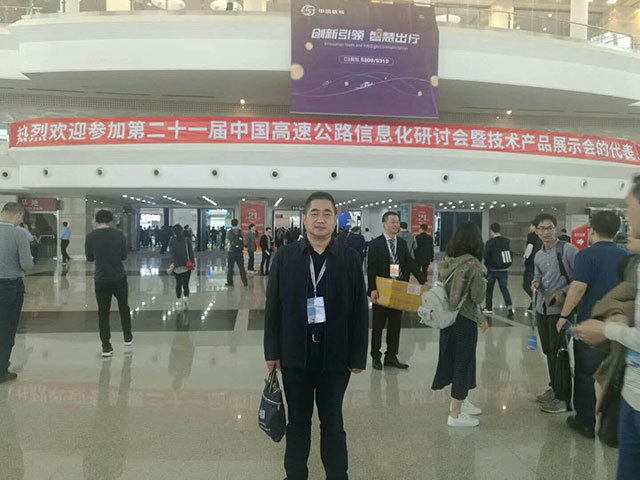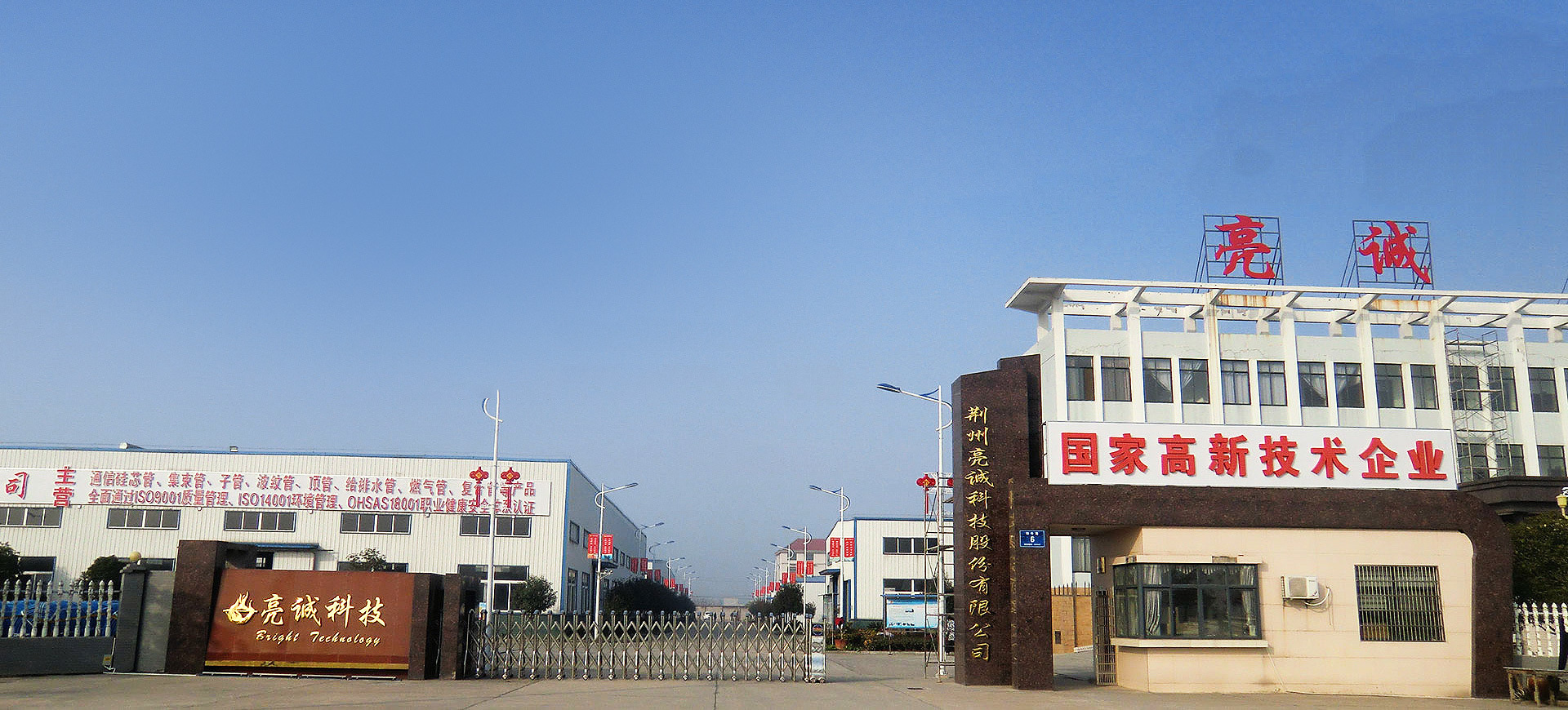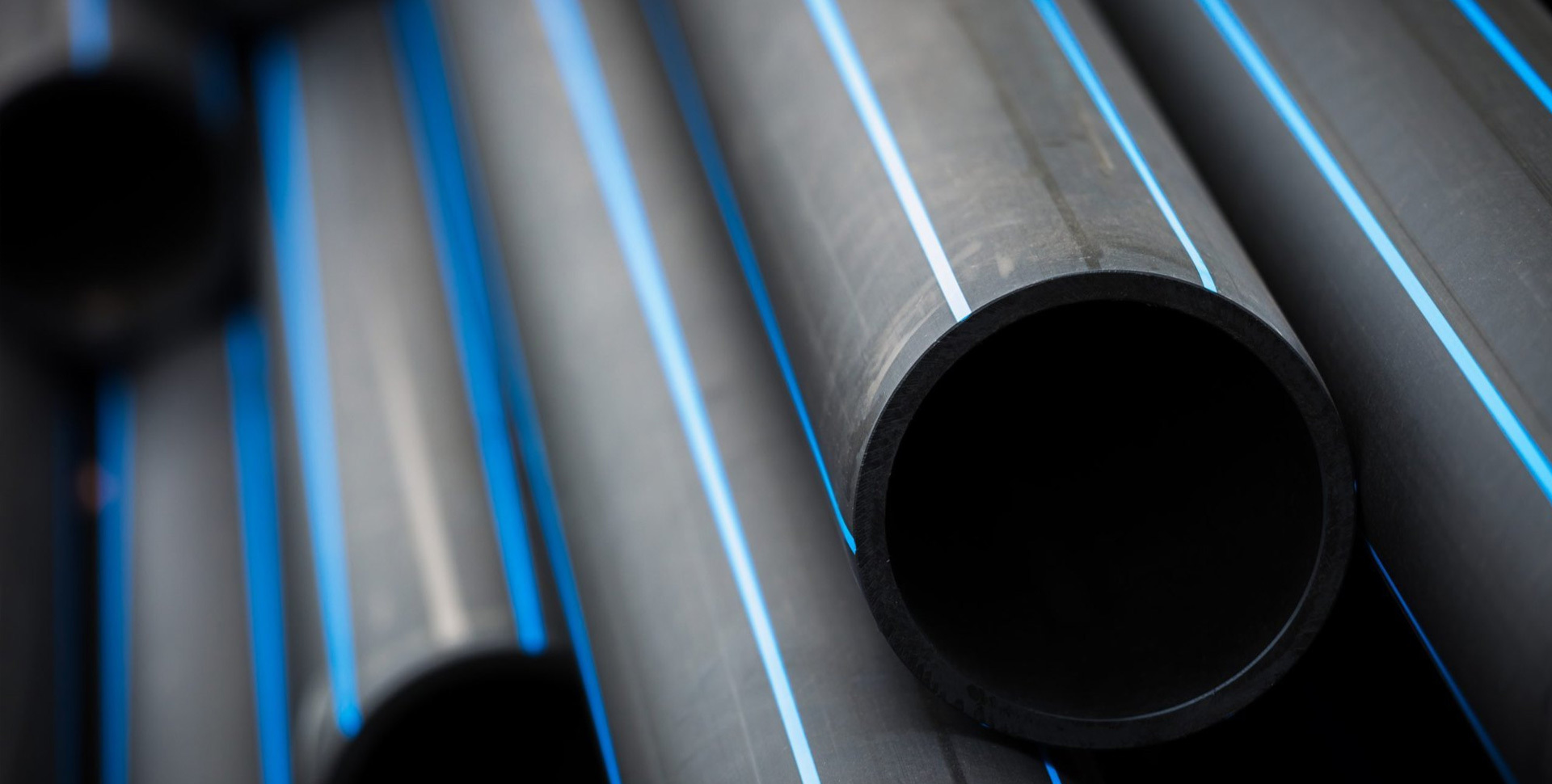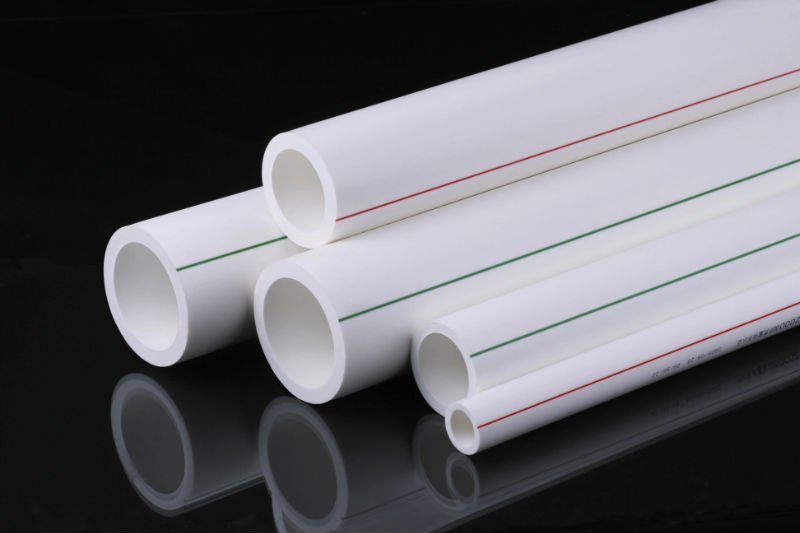Understanding the Advantages and Applications of Optical Fiber Communication Cluster Tubes
Jan 15,2025
Optical fiber communication cluster tubes are pivotal components in the realm of electrical and electronics, particularly in the field of fiber optics and cabling. These tubes serve as protective conduits for multiple optical fibers, allowing for organized and efficient management of fiber optic cables. Understanding their construction, benefits, and applications can greatly enhance the effectiveness of communication networks.
The primary function of a cluster tube is to house and protect individual optical fibers. Typically made from high-strength materials, cluster tubes are designed to withstand environmental stresses such as temperature fluctuations, moisture, and mechanical impact. Their structure allows for multiple fibers to be bundled together, minimizing the amount of space required for installation and maintenance. This is particularly advantageous in urban settings where space is at a premium.
One of the significant advantages of using optical fiber communication cluster tubes is the increased efficiency in signal transmission. By maintaining the integrity of the optical fibers, these tubes help to reduce signal loss and enhance overall communication speed. Additionally, they provide a level of organization that simplifies the management of fiber optic networks, making it easier for technicians to locate and repair any issues that may arise.
When it comes to installation, optical fiber communication cluster tubes offer scalability. They can accommodate additional fibers as network demands grow, ensuring that infrastructure remains adaptable to future technological advancements. This flexibility is crucial for businesses that rely on high-speed internet and data transmission, as it allows for seamless upgrades without the need for extensive overhauls.
In terms of applications, these cluster tubes are widely used in telecommunications, data centers, and broadband networks. They are integral to the construction of backbone networks that connect cities and regions. Moreover, as 5G technology and the Internet of Things (IoT) continue to expand, the demand for efficient optical fiber systems will only increase, further solidifying the role of cluster tubes in modern communication infrastructures.
In conclusion, optical fiber communication cluster tubes are essential for the advancement of fiber optic technologies in the electrical and electronics industry. Their ability to protect and organize optical fibers enhances signal quality, simplifies network management, and provides much-needed scalability. As the industry evolves, understanding the importance of these components can help businesses optimize their communication networks and stay ahead in a competitive market.
The primary function of a cluster tube is to house and protect individual optical fibers. Typically made from high-strength materials, cluster tubes are designed to withstand environmental stresses such as temperature fluctuations, moisture, and mechanical impact. Their structure allows for multiple fibers to be bundled together, minimizing the amount of space required for installation and maintenance. This is particularly advantageous in urban settings where space is at a premium.
One of the significant advantages of using optical fiber communication cluster tubes is the increased efficiency in signal transmission. By maintaining the integrity of the optical fibers, these tubes help to reduce signal loss and enhance overall communication speed. Additionally, they provide a level of organization that simplifies the management of fiber optic networks, making it easier for technicians to locate and repair any issues that may arise.
When it comes to installation, optical fiber communication cluster tubes offer scalability. They can accommodate additional fibers as network demands grow, ensuring that infrastructure remains adaptable to future technological advancements. This flexibility is crucial for businesses that rely on high-speed internet and data transmission, as it allows for seamless upgrades without the need for extensive overhauls.
In terms of applications, these cluster tubes are widely used in telecommunications, data centers, and broadband networks. They are integral to the construction of backbone networks that connect cities and regions. Moreover, as 5G technology and the Internet of Things (IoT) continue to expand, the demand for efficient optical fiber systems will only increase, further solidifying the role of cluster tubes in modern communication infrastructures.
In conclusion, optical fiber communication cluster tubes are essential for the advancement of fiber optic technologies in the electrical and electronics industry. Their ability to protect and organize optical fibers enhances signal quality, simplifies network management, and provides much-needed scalability. As the industry evolves, understanding the importance of these components can help businesses optimize their communication networks and stay ahead in a competitive market.
Latest News

